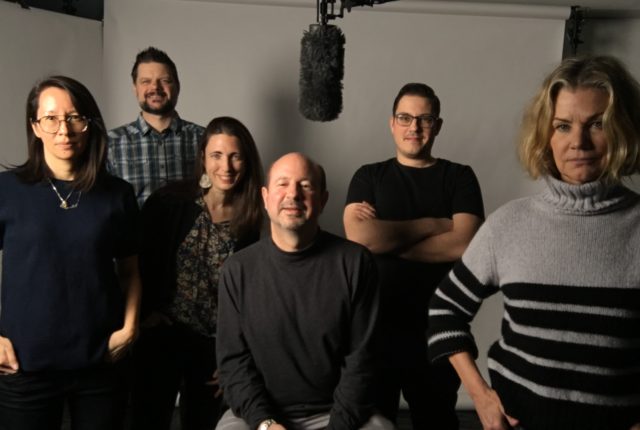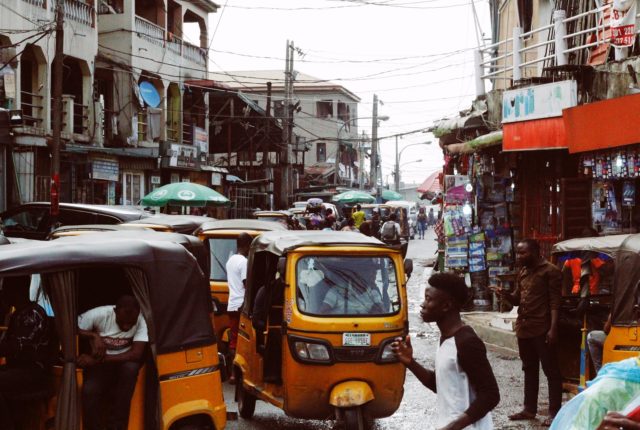By Wycliffe O. Onkundi
Cities across the world contribute almost 80% of the countries’ GDP. Therefore, they are key indicators of economic development. As more people are attracted to the Urban settlements, a host of challenges come along with them, which can seriously threaten the economic growth on the rebound. Based on my learnings from the SDG Academy mini-course Cities and the Challenge of Sustainable Development and my engineering perspective, I present here some of these challenges and mitigation measures to take into account.
Social exclusion in Kenyan Urban Settlements
With the rising unemployment, more people are moving to the cities hoping to get more employment opportunities. By design, they will be forced to settle in low-income areas or informal settlements where they can afford to pay rent and afford other commodities. The net result is to exert pressure on existing infrastructure, such as sewage systems, road networks, water supply, and internet coverage, while those with high-end income remain unaffected. For some political reasons, the development of road networks in these areas is overlooked. The roads are characterized by potholes, dust, and eroded pavements with no walkways. There are open damps welcoming you with foul air. Crime rate is high as jobless youths are ever increasing, and poverty is pushing them to the corner. This ends up creating a social class, languishing in poverty with no access to a quality life.
The government, in conjunction with local authorities, should make policies that will encourage “Reduce, Reuse, and Recycle” in waste management. To reduce the habit of dumping waste anywhere and make waste management easier, the government should think of managing the waste from the source. Every apartment that is put up, and those already existing, should have points that separate solid wastes. These wastes are then collected at a fee to somewhere where they are recycled or decomposed. This can be implemented by built environment professionals who are mostly involved in putting up these structures by sharing knowledge with investors.
Municipal sewage treatment will soon be overtaxed and eventually become ineffective due surge from the incoming population and increased demand for more land for other uses. Therefore, local governments should be looking for innovative solutions to treat wastewater at the source of production. This will, in turn, provide water that can be used to irrigate our lawns, wash cars, and flush toilets, among others, and save the scarce municipal water for only domestic use.
Civil engineers and other professionals in the built environment should make a priority in replenishing the green carpet destroyed as a result of putting up buildings, road networks, and more. This will increase green coverage in these informal settlements and improve the quality of air in these areas alongside combating climate change.
Environmental threats
This rapid urbanization we are observing means more people will be living in cities, exerting strain on existing infrastructure such as roads, housing, etc. As a result, more land that was otherwise used for agriculture is used to put up more buildings, while public spaces are used to put up more roads. Eventually, this exposes the urban settlement to environmental threats such as flooding, extreme temperatures, and even rising sea levels. As of today, making cities resilient against these environmental threats is one of the biggest challenges cities in Kenya are facing, the coastal city of Mombasa being the worst hit with risks of flooding.
As we see, it’s time to build up resilience, which translates to building infrastructure that can withstand a changing environment. For example, a road that is not well drained poses risks of flooding, landslides, and disruption of transportation networks. Civil Engineers who are involved in the design and construction of these infrastructures should design structures for resilience by:
- a) Ensuring the roads and bridges are well-designed and drained
- b) Water from the building tops is tapped and harvested or well drained
- c) Plant trees and grass around building premises and along highways to help slows down the movement of water, allowing water to seep into the soil, thus replenishing groundwater, also increasing forest cover.
Not only are environmental threats happening because of rapid urbanization, but also due to climate change, which already and will continue to pose a serious impact in the coming decades. Right now, we are seeing how drought is raging havoc in the northern part of Kenya and some other parts of the country that were not classified as Arid and Semi-Arid Areas. Therefore, building resilient cities will be an essential urban policy. While most cities in developed countries have started building for resiliency, cities in developing countries are yet to adapt to the threats of climate change. Building infrastructures forms the larger composition of urban settlements and contributes more impacts to the environment. Building climate-resilient structures will help combat the effect of climate change.

Some other mitigation measures I learned about at the SDG Academy Course is that by planting trees and grass around building structures, we are making our building resistant to drought because these trees help to slow down the movement of rainwater, thus allowing seepage, which replenishes water aquifers. To make the buildings drought resistant, we should encourage the habit of harvesting rainwater and using it during drought seasons.
Final Thoughts
From social exclusion to environmental threats, we are coming to a consensus that political goodwill will be paramount as a measure to mitigate these challenges. Whereas engineering and technology will play a big role, it will only be effective with a proper policy framework. For example, climate-resilient structures can only be built by passing laws that focus on sustainable parameters such as wind resistance, fresh air, natural light, sanitation, waste management, green energy, conservation of the natural ecosystem, and more.
The course on cities and challenges of sustainable development has opened my eyes to the challenges modern cities face and the measures that can be taken to address them. Particularly, emphasis has been placed on adaptation to new technology, energy systems that are low in carbon, and innovative modes of transport. This has shifted my thinking to the adaptation of sustainable designs, planning, and concepts.

Wycliffe O. Onkundi
Passionate Structural Engineer with seven years of progressive experience in design of concrete with bias in designing structures for sustainability. Uniquely skilled Engineer with a zest for steering climate adaptation for resilient communities. Cities and challenges for sustainable development by SDG Academy provided me with knowledge and insight to climate adaptation.



